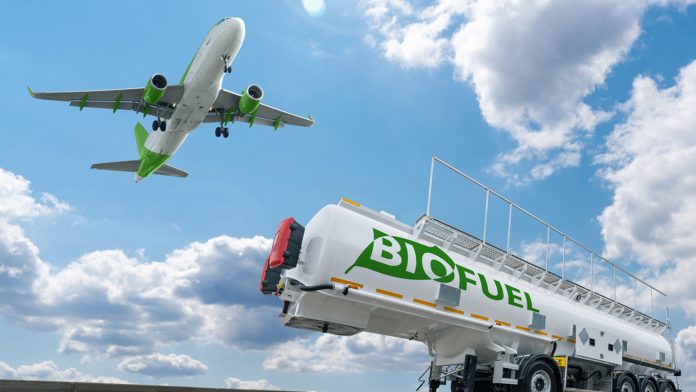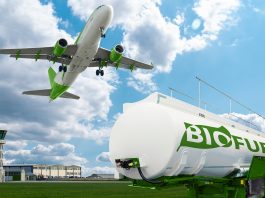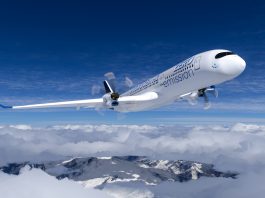Researchers from Worcester Polytechnic Institute have developed a novel method for making net-zero aviation fuel.
The aviation industry is responsible for a large amount of global greenhouse gas emissions, and this is only expected to increase. With countries scrambling to meet global net-zero goals, decarbonising the aviation sector will be a crucial step forward. To aid this mission, a team of researchers from Worcester Polytechnic Institute (WPI) has developed a new formula for sustainable aviation fuel that will pull carbon dioxide out of the air.
The research, titled ‘Magnesium hydride slurry: A potential net-zero carbon dioxide emitting aviation fuel,’ was published in the journal Fuel.
Aviation’s contribution to global greenhouse emissions
The research, led by Jagan Jayachandran, Assistant Professor of Aerospace Engineering, and Adam Powell, Associate Professor of Mechanical and Materials Engineering, helps to address an urgent climate change problem. According to the International Council on Clean Transportation (ICCT), approximately 2.5% of all global greenhouse gas emissions are caused by the aviation industry, and that number is only expected to increase.
“As aviation continues to grow, so will the industry’s emissions,” said Powell. “We need to think out of the box and look at sustainable materials that will contribute to a long-term solution toward reducing the transportation sector’s carbon footprint.”
Developing a new and sustainable aviation fuel
The team developed a formula for the fuel through modelling and computation analysis. The new aviation fuel consists of magnesium, a mineral that is found all over the globe, most abundantly in the world’s oceans. A slurry of magnesium hydride, a chemical compound comprised of magnesium and hydrogen, would burn to produce CO₂, water vapour, and magnesium oxide (MgO) nanoparticles when mixed with hydrocarbon fuel.
This new aviation fuel would also give planes the range for long-haul flights, which has been a particular challenge for other sustainable aviation fuels. This longer range is achieved due to the chemical properties of the slurry, as a lower volume of it is needed for combustion than a typical aviation fuel.

“We found this fuel would have up to 8% more range than other jet fuel, and more than two to three times longer range than liquid hydrogen or ammonia which other researchers have proposed as sustainable fuels,” said Jayachandran.
Sustainable aviation fuel is described by the Department of Energy fuel as a “biofuel used to power aircraft that has similar properties to conventional jet fuel but with a smaller carbon footprint.” These biofuels have been made from resources such as corn grain, algae, forestry, and agricultural residues, among others. Net negative emissions could be brought about by using a biofuel as the hydrocarbon in the slurry with the magnesium hydride.
Promise of their research for the future
The team plan to further their research through physical experiments with samples of the fuel and is also pursuing potential funding from a federal agency. They also hope that this work can inspire others and contribute to a more sustainable future.
Noting the promise of research to mitigate emissions and other climate threats, Powell said: “We hope our work, which opens up a new category of sustainable aviation fuel will spark the imagination of other researchers. The sky’s the limit.”









